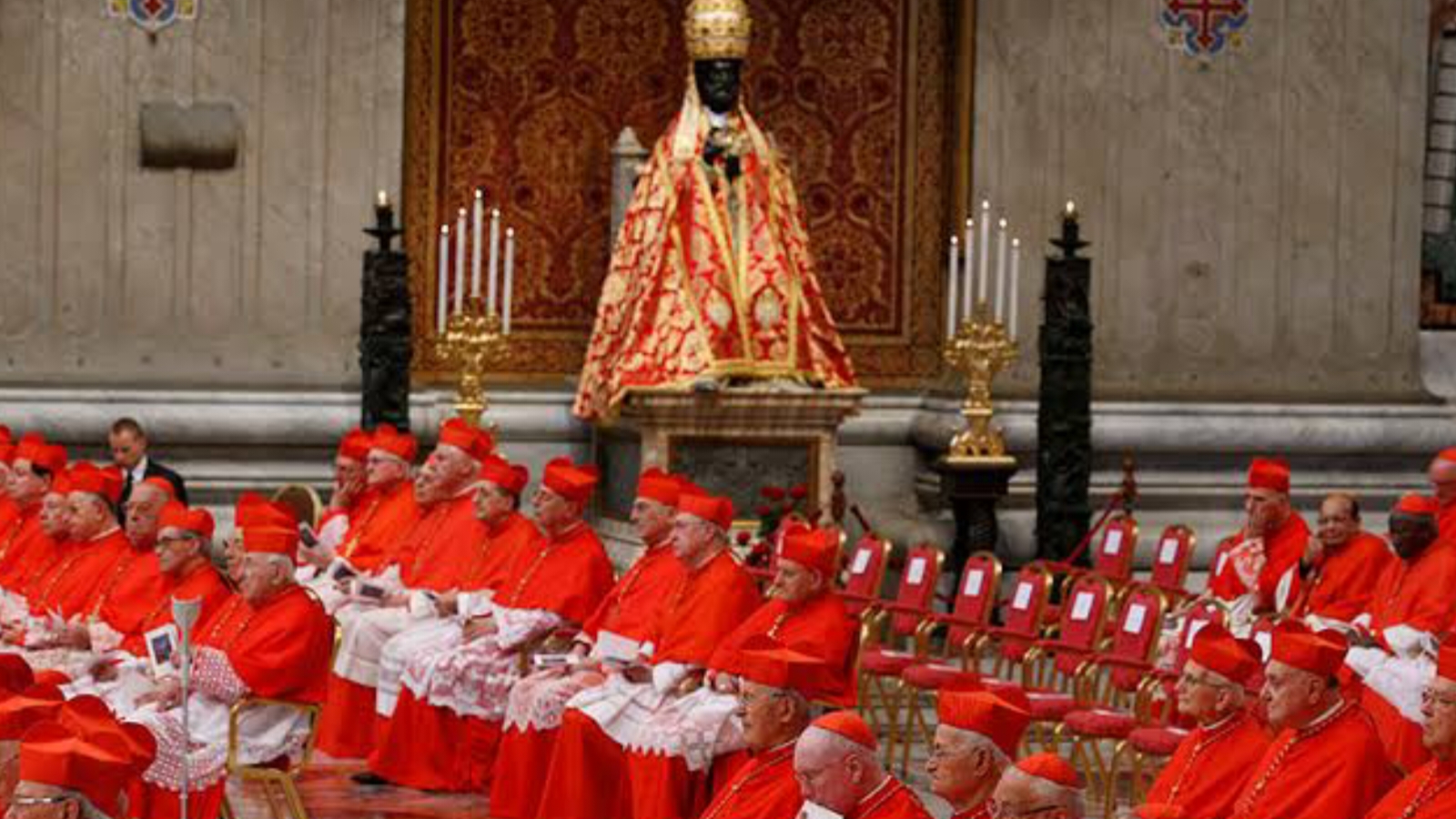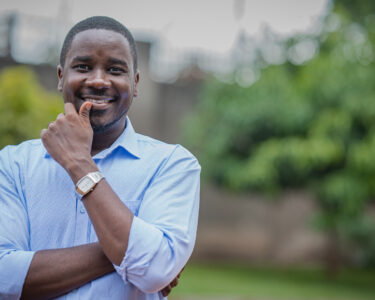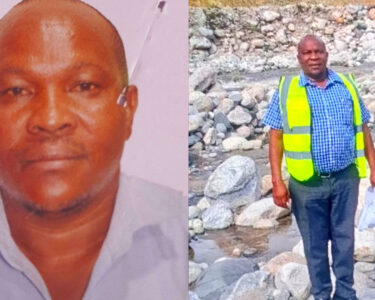The death of a pope marks the beginning of one of the most solemn and symbolic processes in the Roman Catholic Church a meticulously ordered sequence of rituals steeped in centuries of tradition and sacred duty.
Related
How the Next Leader of the Catholic Church Will Be Chosen After Pope Francis?
Uganda To Send A Representative To The Pope’s Funeral
Following the passing of Pope Francis, Catholics around the world now witness the age-old transition from one spiritual shepherd to another. Here’s a step-by-step look at what unfolds in the heart of the Vatican during this historic moment:
1. Confirmation of Death
Camerlengo, currently Cardinal Kevin Farrell, is the official responsible for confirming the pope’s death. Traditionally, he gently calls out the deceased pontiff’s baptismal name three times. Receiving no response, he formally declares the pope dead.
2. Destruction of the Fisherman’s Ring
To mark the end of the pope’s authority, the Camerlengo then oversees the destruction of the Fisherman’s Ring — a gold signet used to seal official documents. Its destruction prevents any potential misuse and symbolizes the conclusion of the late pope’s earthly governance.
3. Official Announcement and Mourning Begins
Soon after, the Vatican makes a public announcement of the pope’s passing. Bells toll across Rome and Catholic communities worldwide begin mourning. Flags are flown at half-staff and churches hold special prayers.
4. Nine Days of Mourning (Novemdiales)
A nine-day mourning period, known as the “Novemdiales,” commences. Daily Masses are offered for the repose of the pope’s soul. His body is prepared and laid in state at St. Peter’s Basilica, where thousands gather to pay their respects.
5. Burial
The late pope is typically interred in the crypt beneath St. Peter’s Basilica, though he may have chosen another burial site. His body is placed in three nested coffins — wood, lead, and another wooden coffin — signifying dignity, protection, and tradition.
6. Sede Vacante: The Vacant See
With the seat of St. Peter vacant, governance of the Church is temporarily suspended. Only routine affairs continue under the Camerlengo’s oversight. No major decisions or appointments are made until a new pontiff is elected.
7. Preparations for the Conclave
Cardinals from around the world begin traveling to Rome. Between 15 and 20 days after the pope’s death, the College of Cardinals gathers for the conclave. Only cardinals under the age of 80 are eligible to vote.
8. The Conclave: A Sacred Election
Held in the Sistine Chapel, the conclave is conducted under strict secrecy. Balloting continues daily until one candidate secures a two-thirds majority. Once elected, the chosen cardinal is asked if he accepts the role. Upon acceptance, he selects his papal name.
9. “Habemus Papam”: A New Era Begins
White smoke billows from the Sistine Chapel’s chimney the universal sign that a new pope has been chosen. The cardinal proto-deacon then steps onto the balcony of St. Peter’s Basilica and delivers the joyous announcement: “Habema us Papam!” (“We have a Pope!”)
Moments later, the newly elected pope appears before the world for the first time and imparts the traditional Urbi et Orbiblessing to the city of Rome and the world.
As Catholics mourn the death of a beloved leader, they now look to the horizon of hope and spiritual continuity, awaiting the rise of a new shepherd to guide the Church through its next chapter.






1 Comment